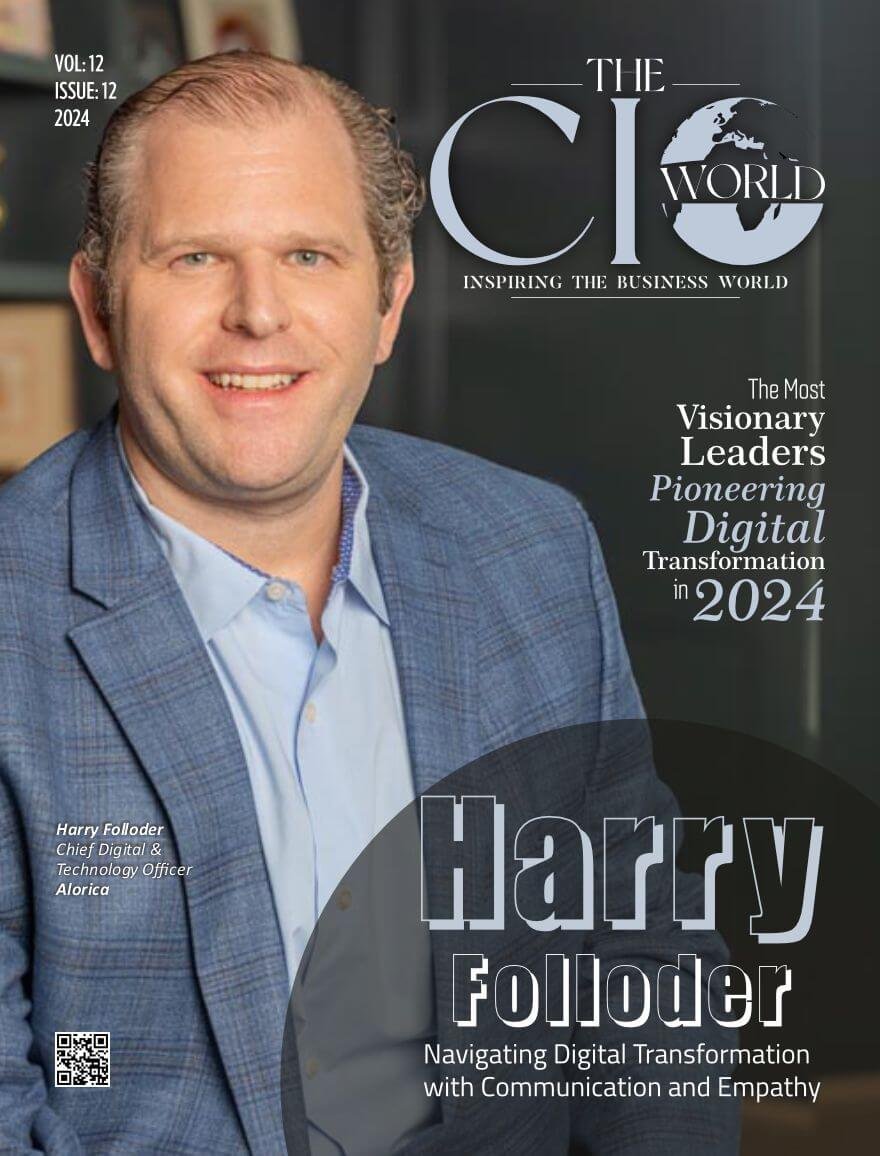Customer experience has gradually emerged as one of the critical elements distinguishing companies in the today’s fast-paced business environment that makes them compete for top spots.
Here are fifteen trends and statistics of changes going to mold and shape customer experience in the coming year.
- The Top Trend: Personlization Is Back in Town
Personalization has become a key expectation of the customer. To date, studies show that 80% of customers will buy from a brand if it offers personalized experiences. This trend, therefore, calls for an understanding of what customers want and delivering this experience in the interaction with them. Companies that use data analytics to present recommendations customized to every customer will gain larger engagement and sales.
- The Emergence of Omnichannel Support
Customers today prefer seamless interactions across multiple channels: in-store or online, or even through mobile apps. According to a recent survey, 70% of the consumers who like to be in front of the brand also operate through multiple channels. Thus, businesses that are omnichannel can thereby create an experience that is cohesive and meet customers wherever they are, for higher satisfaction rates.
- Omnichannel Focuses on Customer Feedback
The importance of collecting and acting upon customer feedback is now more prominent than ever. Studies indicate that firms that prioritize customer’s opinion increase customer satisfaction ratings by 10%. Organizations are often adopting tools like surveys and social media monitoring that give an insight into what customers think or like, used to inform organizational decisions.
- Automation Improves Efficiency
Automation indeed simplifies processes and brings about a faster response time in transforming the delivery of customer services. A report said that 63% of customers prefer chatting with chatbots for general questions. By automating simple tasks, human agents will be freed to handle complex issues, which would enhance the overall experience of the customers.
- Focus on Emotion
Building an emotional relationship with their customer is the new way to build loyalty for brands. Research has shown that three times more customers would recommend a brand and four times more would buy again if they are emotionally attached to a brand. Organizations that invest in creating meaningful interactions will foster deeper relationships between their audience.
- Sustainability Matters
In short, it can be said that sustainability as well as ethical practice is the more substantial issue for modern-day consumers. According to research, it has been proved that 66% of the world’s consumers are willing to pay extra for sustainable brands. So, these companies have awareness towards Eco-friendly schemes and their transparencies can attract environment-conscious customers with maintaining the brand image along with loyalty.
- Speed Being Important
Speed is an important determinant of the customer experience in a day and age where instant gratification is the order of the day. According to data, 47% of consumers expect that there should be a response within one hour following reaching out for support. Brands which promote quick responses and efficient service will stand out amid competition.
- Integration of AI Technologies
Artificial intelligence changes the customer experience through insights and automating processes. A recent study showed that companies which adapt AI in their CX report 10-15% on average increases in customer satisfaction scores. Artificial intelligence-powered tools would make data study and predict customers’ behavior and preferences, hence allowing brands to effectively tailor their offerings.
- Improved Mobile Experiences
As mobile shopping becomes popular more and more, it is the very key to success to optimize experiences on mobile. According to the facts, the mobile commerce in a year’s time would exceed 50% of the sales of all e-commerce. Companies now need to ensure that their website and applications are accessible by users and responsive so as to cater to the increasing demand for mobile accessibility.
- Role of Social Media
Social media continues to be a strong influencer of customer experience. One survey reported that 54% of customers prefer using a social media network as their channel of choice when it comes to customer service, instead of phone calls or emails. Brands can easily establish trust and quickly respond to concerns by being actively involved with their customers on these platforms.
- The Hunger for Transparency
According to research, today customers want transparency from the brand about their price, the origin of the product, and the company practices. It has been revealed that 94 percent of the customers will also become brand loyal if it transparent about all these things. This is how the perfectly communicating companies can gain trust with and retain their customers in the long run.
- Subscription Models Becoming a Favourite
With this promise of convenience and added value, subscription-based services have gained popular grounds. Statistics further indicate that, in recent years, subscription box services have grown by over 100% annually. Implementing such a model can help companies establish recurring revenue streams while promoting customer retention with frequent interactions.
- The Way Towards Self-Service End
Customers tend to seek self-service most of the time if they want help or answers to their questions. In a report, it says that 81% of consumers first attempt to resolve the issue before asking for help. If a business can equip its customers with a comprehensive FAQ, chatbots, as well as intuitive interfaces, this can enable them as well as reduce the pressure on the support teams.
- Employee Experience
The experience of an employee influences, directly, the level of satisfaction of the customers. It is evident that a business or organization whose employees are engaged then will have 10% more ratings from its customers compared to a company with no engagement programs. Employee’s training and welfare result in efficient delivery of services to customers
- Predictive Analytics Shape Future Strategies
Predictive analytics is becoming a very vital tool in helping with customer behaviors and determining some requirements that may be required in the future. Organizations using predictive analytics can increase marketing ROI by as much as 15%, it was brought out. The past behaviors will be helpful in tailoring strategies that help change evolving consumer demands.
Conclusion
Next year will further capitalize on trends relating to customer experience, with the businesses that are quite ahead of them likely to thrive. Personalization, embracing technology, listening to feedback, and creating an emotional connection will remain at the forefront of memorable experiences that drive loyalty and growth in an increasingly competitive market.







